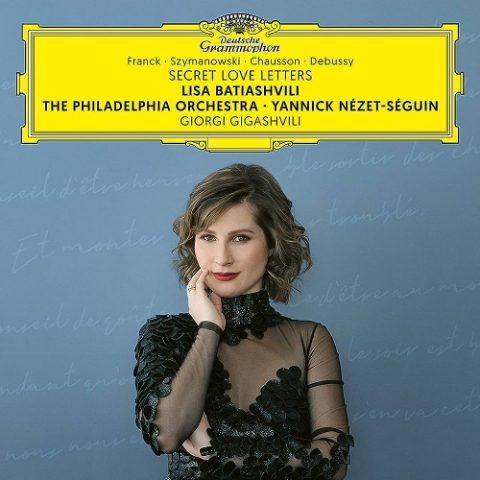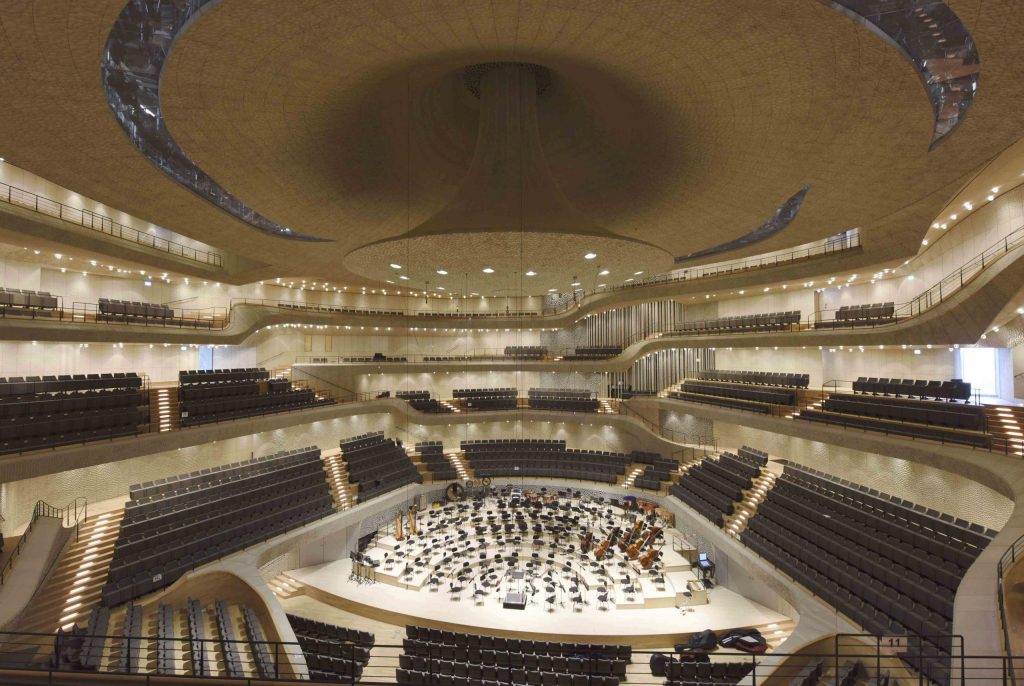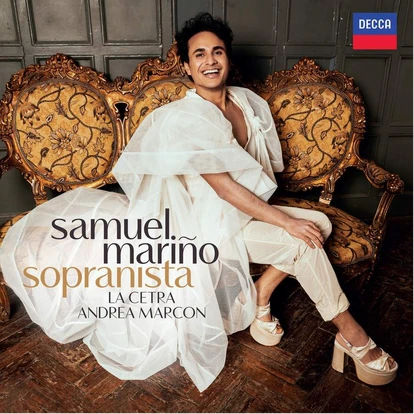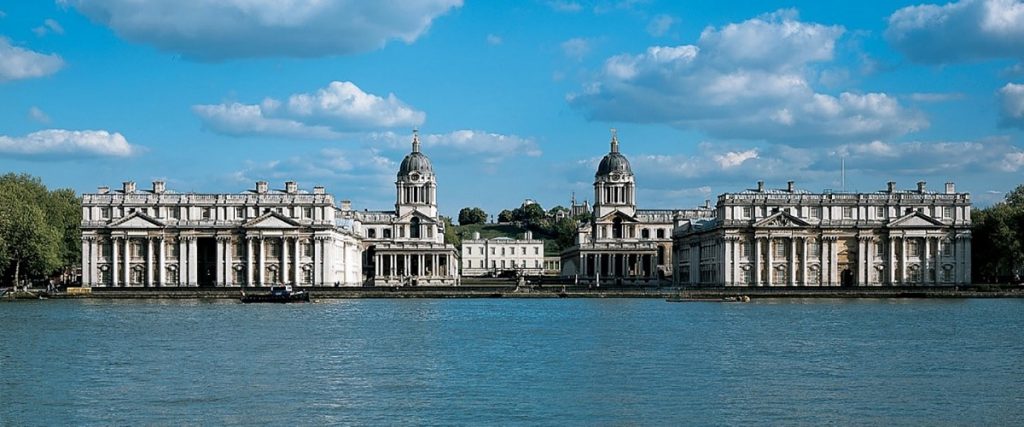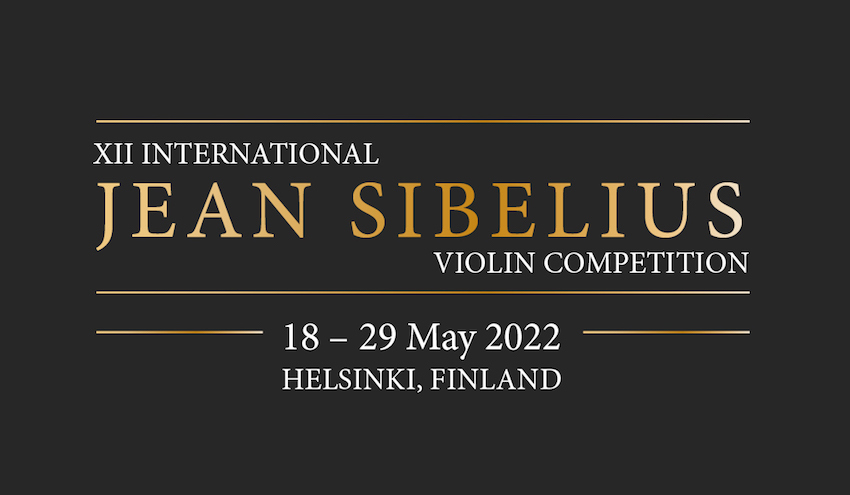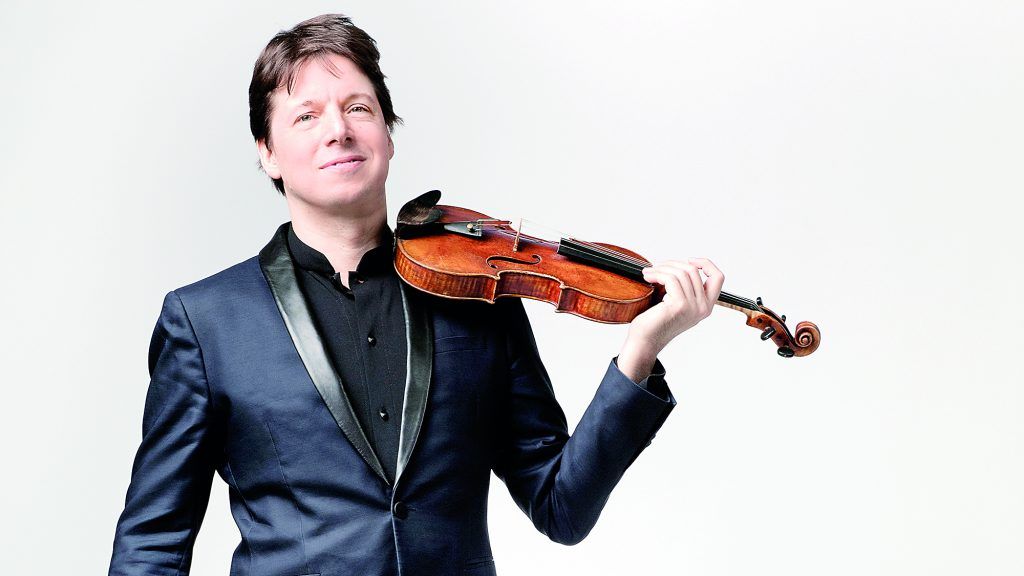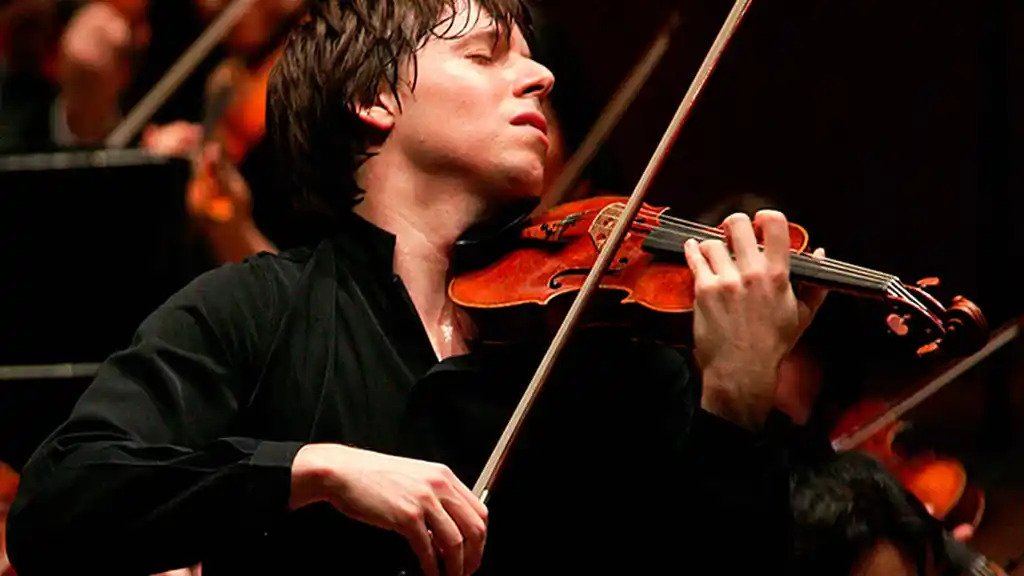SECRET LOVE LETTERS – LISA BATIASHVILI • THE PHILADELPHIA ORCHESTRA • YANNICK NÉZET-SÉGUIN
“SECRET LOVE LETTERS” – A Romantic Voyage of Melodic Marvels
Don Roberts, August 2022
The brilliant violinist Lisa Batiashvili has once again captivated audiences with her latest recording, “Secret Love Letters,” featuring an exquisite selection of works by Franck, Szymanowski, Chausson, and Debussy. Published by Deutsche Grammophon, this album showcases Batiashvili’s exceptional artistry, complemented by the skilled piano accompaniment of Giorgi Gigashvili and the Philadelphia Orchestra led by the renowned conductor Yannick Nézet-Séguin.
The album opens with Franck’s Violin Sonata in A, a piece that captures the essence of romance and emotion. Batiashvili’s heartfelt interpretation, with its tender phrasing and seamless transitions between movements, makes for an unforgettable listening experience. Each note seems to carry a secret message, resonating with the listener’s soul.
A hidden gem of the recording is Szymanowski’s mesmerizing Violin Concerto No. 1, Op. 35. This one-movement wonder showcases the violinist’s virtuosity, as well as her ability to evoke a kaleidoscope of emotions. The concerto’s exotic and sensuous melodies weave a spellbinding atmosphere, transporting the listener to distant lands of mystery and passion. Batiashvili’s skillful command of the violin, coupled with the Philadelphia Orchestra’s sumptuous accompaniment conducted by Yannick Nézet-Séguin, creates a magical synergy that will leave you breathless.
Chausson’s Poeme, Op. 25, originally conceived as a violin concerto, adds another layer of elegance to the album. Batiashvili’s soulful playing, infused with delicate phrasing and nuanced dynamics, elevates the piece to new heights. The deep emotional connection she establishes with the music is felt in every note, making it a standout performance.
Debussy’s “Beau soir” serves as a delightful interlude, displaying Batiashvili’s ability to express tender sentimentality. In this brief yet charming piece, the violinist and pianist Giorgi Gigashvili complement each other flawlessly, creating a moment of serene beauty.
One cannot ignore the personal touch in the CD notes, where Batiashvili shares her views on love and emotion, connecting each piece with heartfelt insights. This adds an intimate dimension to the album, drawing the listener into the artist’s own world of musical interpretation.
Recorded in the historic city of Philadelphia, the album boasts exceptional audio quality that captures the subtleties of Batiashvili’s performance and the orchestra’s lush accompaniment. However, some listeners may wish for a slightly more pronounced presence of the solo violin in certain moments.
“Secret Love Letters” is a remarkable addition to Lisa Batiashvili’s discography, showcasing her versatility and artistry as a violinist. The carefully curated selection of works, from Franck’s passionate Sonata to Szymanowski’s enchanting Concerto, demonstrates Batiashvili’s ability to convey a wide range of emotions through her music. With the stellar support of Giorgi Gigashvili on piano and the Philadelphia Orchestra under the baton of Yannick Nézet-Séguin, this album is a must-listen for anyone seeking an unforgettable journey through the realm of romantic classical music. “Secret Love Letters” will leave you entranced and longing for more, just like the secrets of a love letter yet to be revealed.
